Long-Term Carbon Cycle: Carbon Dioxide to Hydrocarbons
Carbon is re-purposed into fossil fuels in the long-term carbon cycle. The coal that we use today was produced millions of years ago from buried swamps.
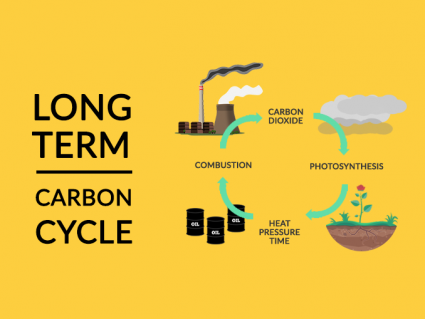
Carbon is re-purposed into fossil fuels in the long-term carbon cycle. The coal that we use today was produced millions of years ago from buried swamps.
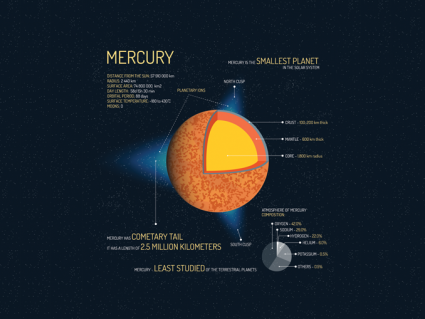
Not only is planet Mercury the closest to the sun, but it has extreme temperatures. Facts about Mercury: Its long comet-like tail, craters and unusual orbit
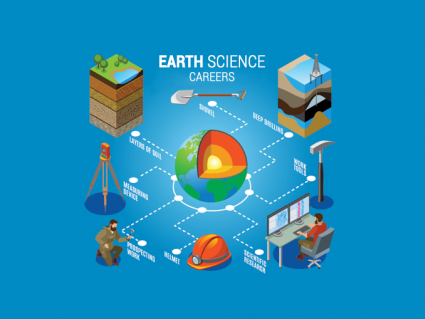
This list of 30 Earth Science careers has everything you need to know to carve your own career path as an Earth scientist. It’s time to start your journey.
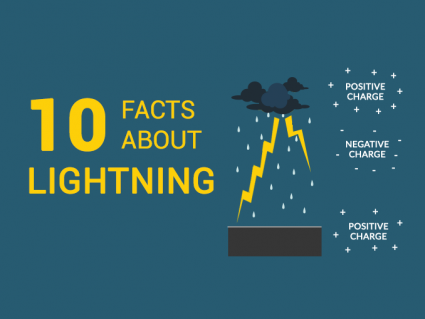
Lightning is hotter than the sun, it strikes 8.6 million times a day and more lightning facts. Because when there’s thunder, there’s sure to be lightning.
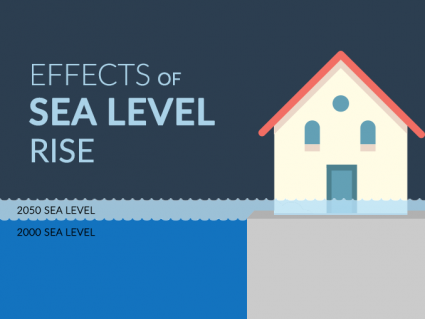
As temperatures surge, sea levels rise with it. This is because melting ice sheets add to total water volume. By 2100, water levels could rise 32-68 inches.
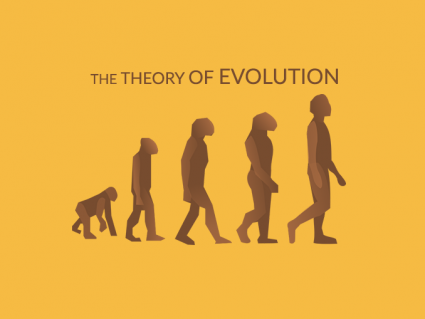
In flesh and blood, you have been genetically fine-tuned as a product of natural selection. Without evolution, complex beings like humans wouldn’t exist.
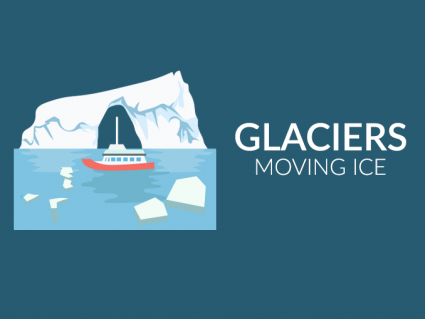
Like a rake scraping the dirt, glaciers leave a lasting impression on the land. They can erode mountains, transport vast amount of rock and reshape the land.
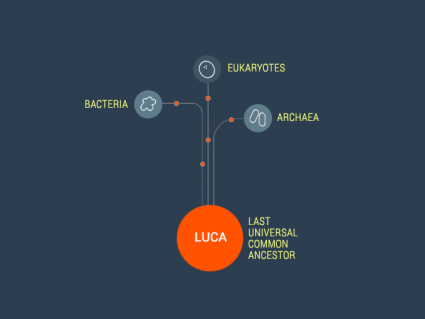
All living things originated from a common ancestor called the last universal common ancestor (LUCA). The origin of life existed before LUCA (3.5 – 4.1 bya)
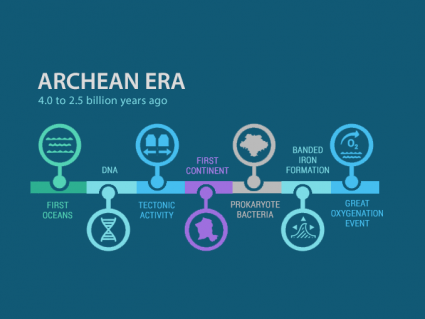
Earth formed a stable climate in the Archean Eon. Because it cooled down from its molten state, Earth was able to support oceans, continents and oxygenation
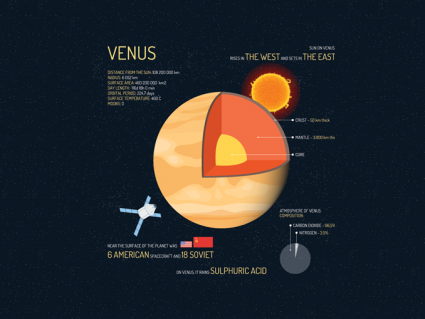
Planet Venus neighbors the Earth. It’s the second planet closest the sun. Other facts include its counterclockwise rotation and how it rains sulfuric acid.
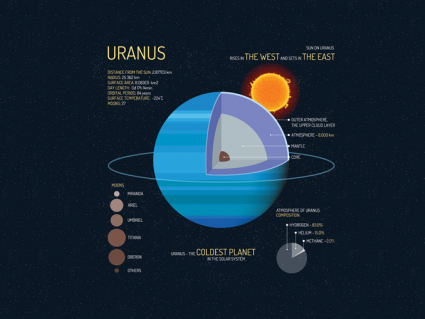
Planet Uranus is the coldest and has the 3rd largest radius for any planet in the solar system. It’s tilted at more 90°, it has faint rings and has 27 moons.
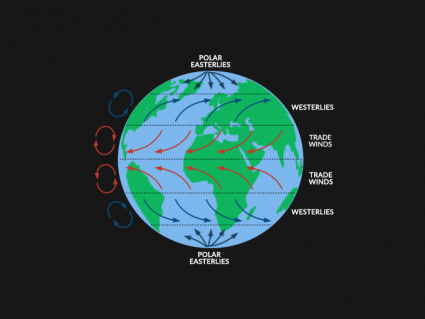
The Coriolis effect is the deflection of air due to Earth’s rotation. Air veers to the right in the northern hemisphere. And vice versa south of the equator.
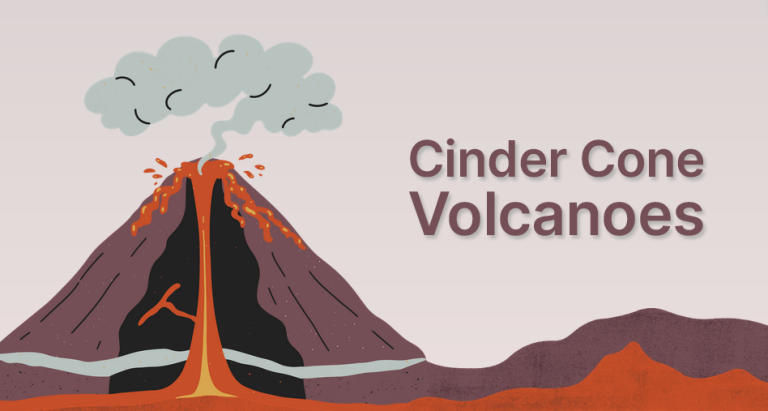
Cinder cones (also known as spatter cones) are the most common type of volcano in the world. But they are small in comparison to stratovolcanoes and others.
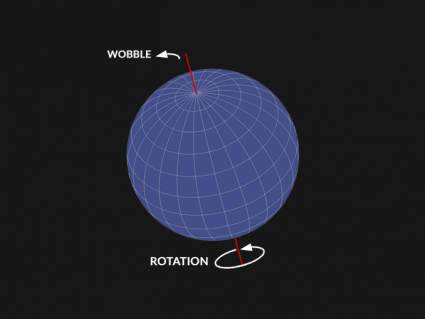
Earth spins on its axis of rotation. But it doesn’t spin perfectly. Like a toy top, it wobbles when it spins. This displacement is the Chandler Wobble.
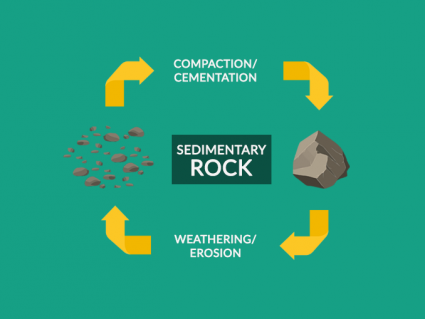
Sedimentary rocks form from two key processes. First, compaction squeezes material together. Second, cementing glues the squeezed material together.